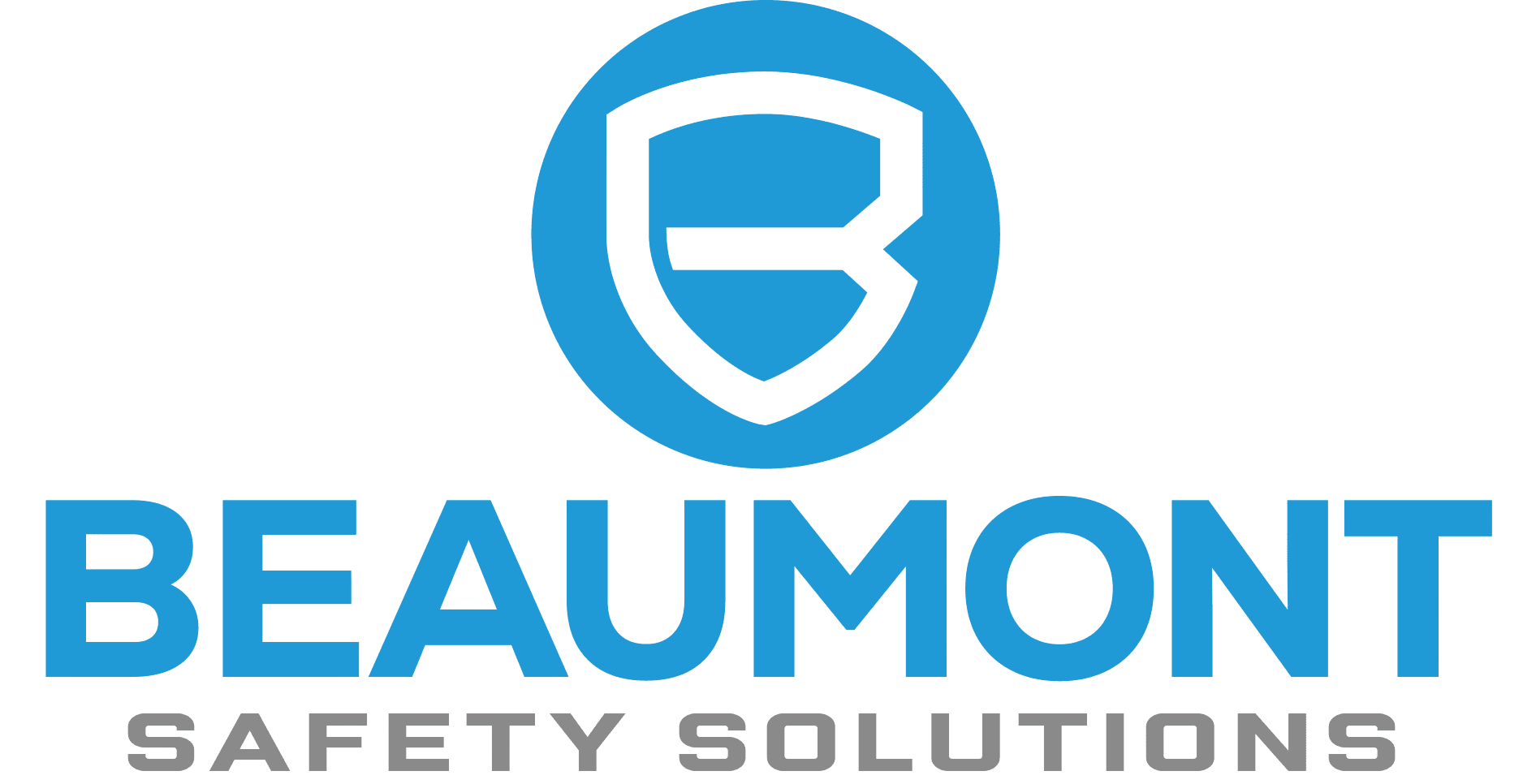Ensuring compliance with Work Health and Safety (WHS) legislation is crucial for any business. It not only helps in maintaining a safe work environment but also protects the organization from legal repercussions. Here’s a comprehensive guide on determining if your business complies with WHS legislation.
Understanding WHS Legislation
WHS legislation encompasses laws, regulations, and codes of practice designed to ensure the health and safety of workers. In Australia, the primary legislation includes the WHS Act and WHS Regulations, which outline the responsibilities of employers and employees in maintaining a safe workplace.
Critical Components of WHS Compliance
- Policies and Procedures: Establishing clear WHS policies and procedures is the foundation of compliance. These documents should outline the organization’s commitment to health and safety, the roles and responsibilities of employees, and the methods for managing risks.
- Risk Management: Identifying, assessing, and managing risks is critical to WHS compliance. This involves conducting regular risk assessments, implementing control measures, and monitoring their effectiveness.
- Training and Education: Providing training and education to employees ensures they are aware of WHS policies and procedures and understand how to perform their tasks safely. This includes induction training for new employees and ongoing training for existing staff.
- Consultation and Communication: Engaging with employees about WHS matters is essential. This can be done through regular meetings, safety committees, and feedback mechanisms. Effective communication ensures everyone knows their responsibilities and any changes to WHS policies.
- Incident Reporting and Investigation: Establishing a system for reporting and investigating incidents helps identify hazards and prevent future occurrences. This includes maintaining records of incidents, conducting investigations, and implementing corrective actions.
- Monitoring and Review: Regularly reviewing WHS policies and procedures ensures they remain effective and up-to-date. This involves conducting audits, reviewing incident reports, and making necessary adjustments to policies and procedures.
Steps to Ensure WHS Compliance
- Develop a WHS Management System: A WHS management system is a structured approach to managing health and safety in the workplace. It includes policies, procedures, and practices to ensure compliance with WHS legislation.
- Conduct Regular Audits: Regular audits help identify gaps in compliance and areas for improvement. This involves reviewing policies and procedures, inspecting the workplace, and assessing the effectiveness of control measures.
- Engage with Employees: Involving employees in WHS matters fosters a safety culture and ensures everyone knows their responsibilities. This can be done through regular meetings, safety committees, and feedback mechanisms.
- Provide Training and Education: Ensuring that employees are trained and educated about WHS policies and procedures is crucial. This includes induction training for new employees and ongoing training for existing staff.
- Implement a Reporting System: Establishing a system for reporting and investigating incidents helps identify hazards and prevent future occurrences. This includes maintaining records of incidents, conducting investigations, and implementing corrective actions.
- Review and Update Policies: Regularly reviewing and updating WHS policies and procedures ensures they remain effective and up-to-date. This involves conducting audits, reviewing incident reports, and making necessary adjustments to policies and procedures.
Common Challenges in WHS Compliance
- Lack of Awareness: Many businesses struggle with WHS compliance due to a lack of awareness about their legal obligations. Providing training and education to employees can help in addressing this issue.
- Inadequate Resources: Limited resources can hinder the implementation of effective WHS policies and procedures. Businesses should allocate sufficient resources to ensure compliance with WHS legislation.
- Resistance to Change: Employees may resist changes to WHS policies and procedures. Engaging with employees and involving them in decision-making can help overcome this challenge.
- Complexity of Legislation: WHS legislation can be complex and challenging to understand. Seeking advice from WHS professionals or legal experts can help navigate WHS legislation’s complexities.
Conclusion
Ensuring compliance with WHS legislation is essential for maintaining a safe and healthy workplace. Businesses can ensure they are compliant with WHS legislation by developing a WHS management system, conducting regular audits, engaging with employees, providing training and education, implementing a reporting system, and regularly reviewing and updating policies. Overcoming common challenges such as lack of awareness, inadequate resources, resistance to change, and the complexity of legislation requires a proactive approach and a commitment to continuous improvement.
By following these steps, businesses can create a safe and compliant work environment, protecting their employees and minimizing the risk of legal repercussions.
Contact us as your WHS Consultants in Adelaide, Beaumont Solutions.



